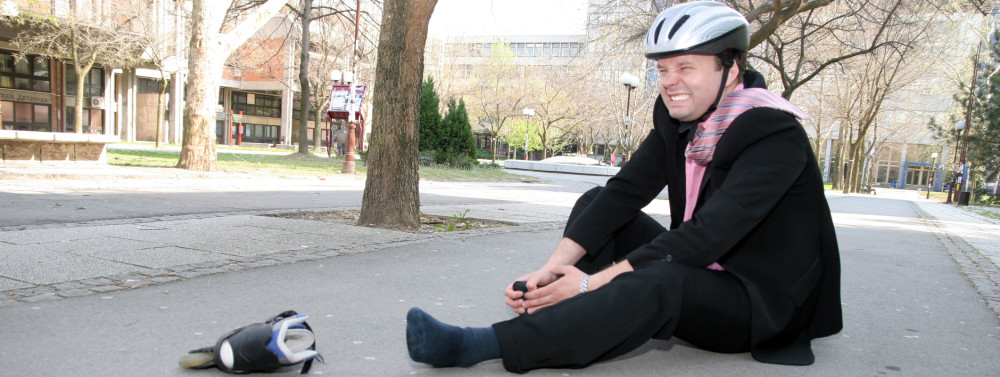Crush Injuries can Lead to RSD
Although there have been new medicines developed, new diagnostic tests created, and new treatment options researched, some medical problems never seem to go away. One example is chronic pain, which impacts millions of people in the United States. Many individuals with chronic pain have to take medications on a daily basis, which opens the door for potential addiction issues to develop. Some of the statistics that have been put together by the healthcare professionals with the American Academy of Pain Medicine (AAPM) have demonstrated that:
- Back pain is the most common type of chronic pain, with more than a quarter of people living with daily pain highlighting this as the location
- Americans who are under 45 years of age, chronic back pain is the leading cause of disability
- More than a quarter of people in the United States have had pain that lasted for more than 24 hours at some point in their life
- Half of the individuals surveyed in a research study reported that they felt like they had little control over their pain
- 60 percent of people in this same survey said that their chronic pain impacted their quality of life
Based on these numbers, it is easy to see why people may struggle to keep their pain under control. One example of a disease process that causes chronic pain is called Reflex Sympathetic Dystrophy (RSD), which is also called Chronic Regional Pain Syndrome (CRPS). This disease has many different causes, one of which is a crush injury.
What is a Crush Injury?
A crush injury is a very serious injury that could have catastrophic consequences. In a crush injury, an extremely heavy object often falls from a great height and causes a marked compression of a part of the body. While crush injuries often develop following a natural disaster, they can happen at any time. When this happens, massive tissue death develops. A crush injury compresses vital pathways to the impacted limb, such as nerves, arteries, and veins. Compression of blood vessels removes the ability for oxygen and nutrients to reach the limb and prevents the tissue from removing its waste products. Because of this, ischemia starts to set in, the tissue starts to die, and necrosis develops.
How can a Crush Injury Lead to the Development of RSD?
As the tissues in the affected limb following a crush injury die, the nerves in the limb become damaged as well. Nerves are responsible for carrying sensory signals from the limb to the brain for processing and carry motor commands from the central nervous system back to the limb. Because a crush injury deprives nerves of their nutrients, these nerves become inflamed and damaged. When these nerves are damaged, such as following a crush injury, they can have issues processing signals properly. The signals often become scrambled, and the brain has trouble interpreting them. For people with RSD, these signals are often interpreted as pain. Individuals with RSD often receive their diagnosis following a battery of testing that provides few answers; however, nerve conduction studies and MRI scans can support a diagnosis of RSD. Treatment options consist of physical therapy, medical management, nerve blocks, and possible surgical procedures.
For those who develop RSD following a traumatic accident, the symptoms can be severe. Aside from pain, people also report changes in the temperature of their skin, their ability to perceive touch, and even alterations in their patterns of hair and nail growth. Ultimately, meeting with an RSD attorney in Sacramento can be helpful. A trained legal professional can take a look at all of the circumstances surrounding the accident to make sure that nothing is overlooked.
Related Articles by Ed Smith
Contact an Experienced RSD Attorney in Sacramento
I’m Ed Smith, an RSD Lawyer in Sacramento. If someone you care about has developed Reflex Sympathetic Dystrophy following a crush injury, please call me at 916-382-0693. I am available to provide you and your family with free, friendly legal advice.
See some of our past client sample results here.
Image Citation: Pixabay hosted the image at the start of this page. The CC0 Creative Commons License has granted permission to show it here.
:dr llo [cs 716]

